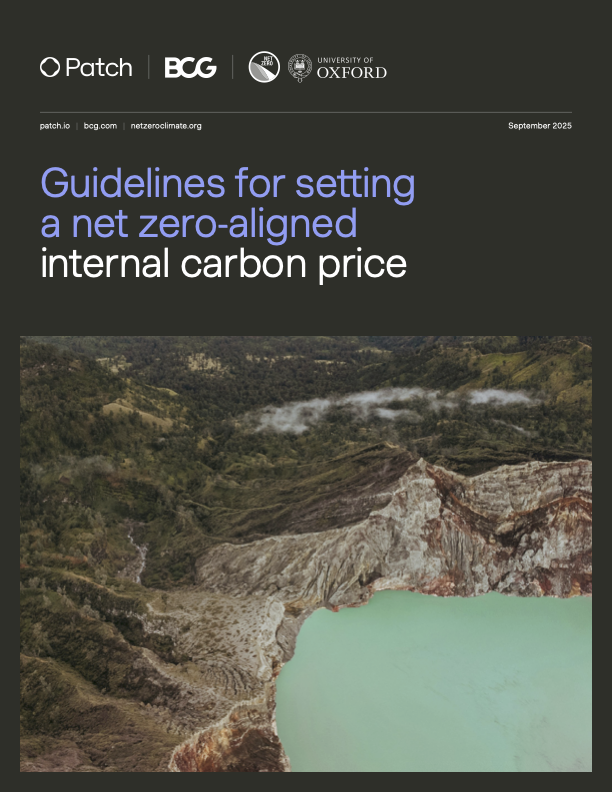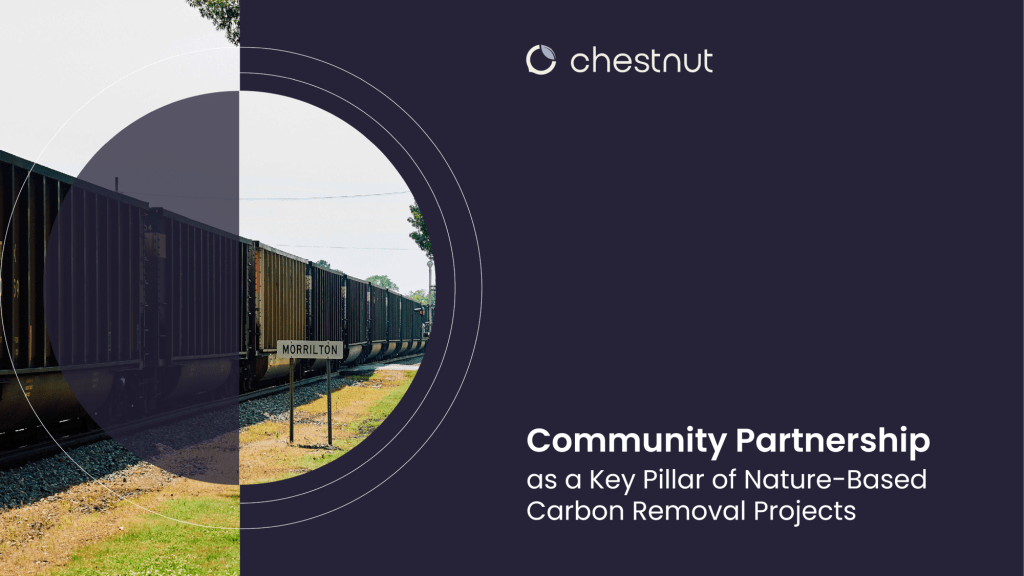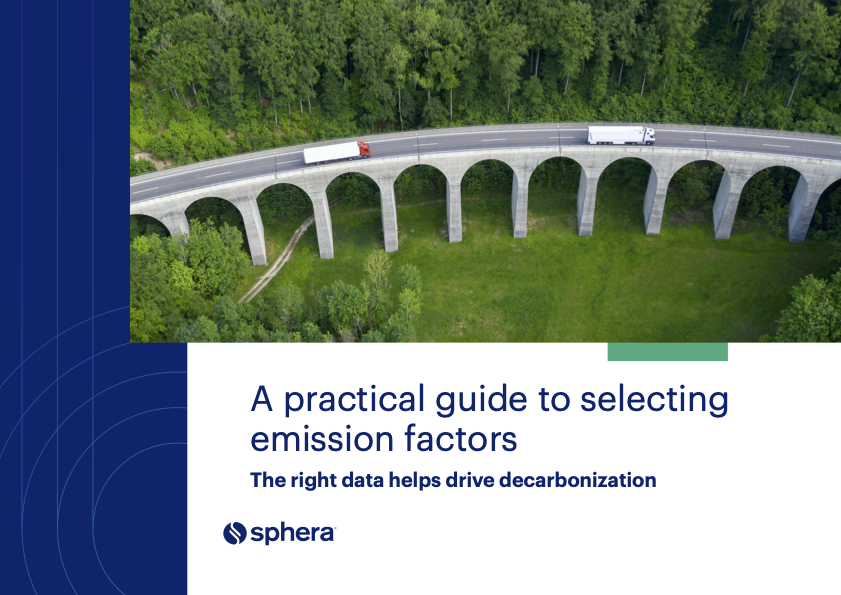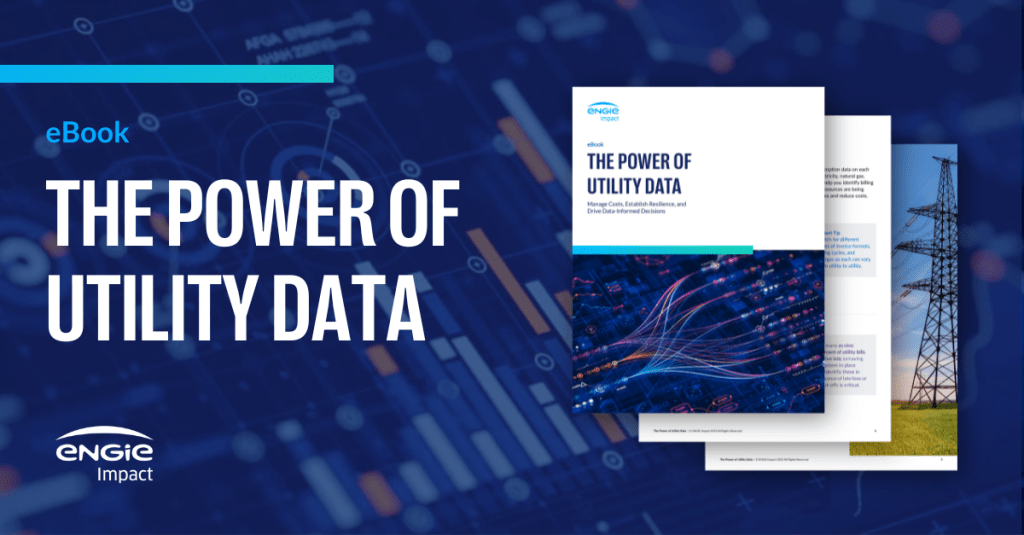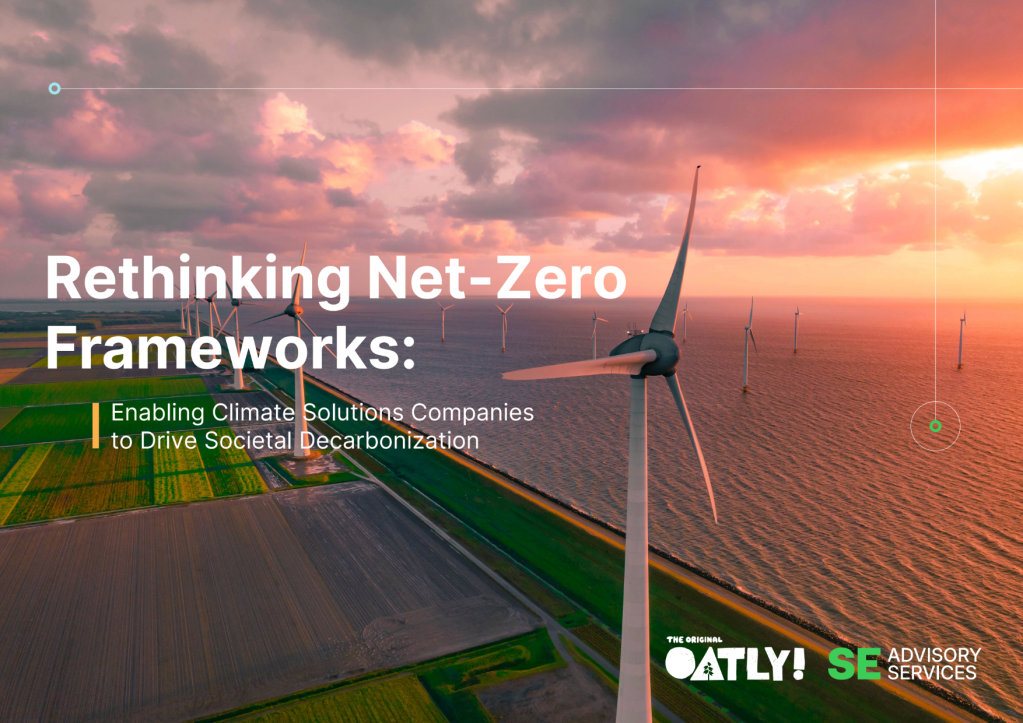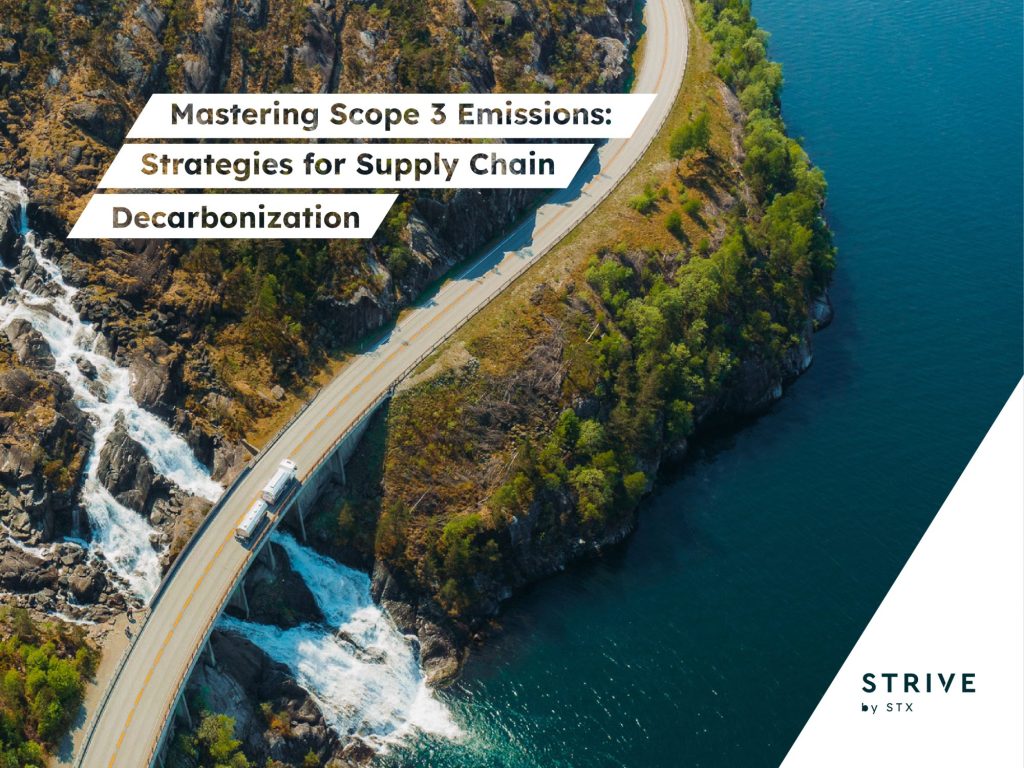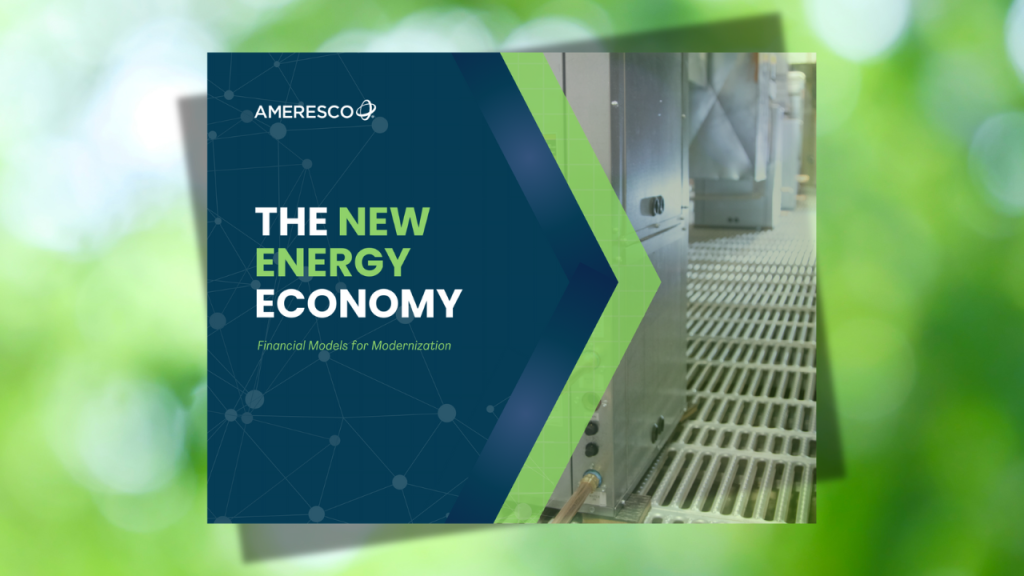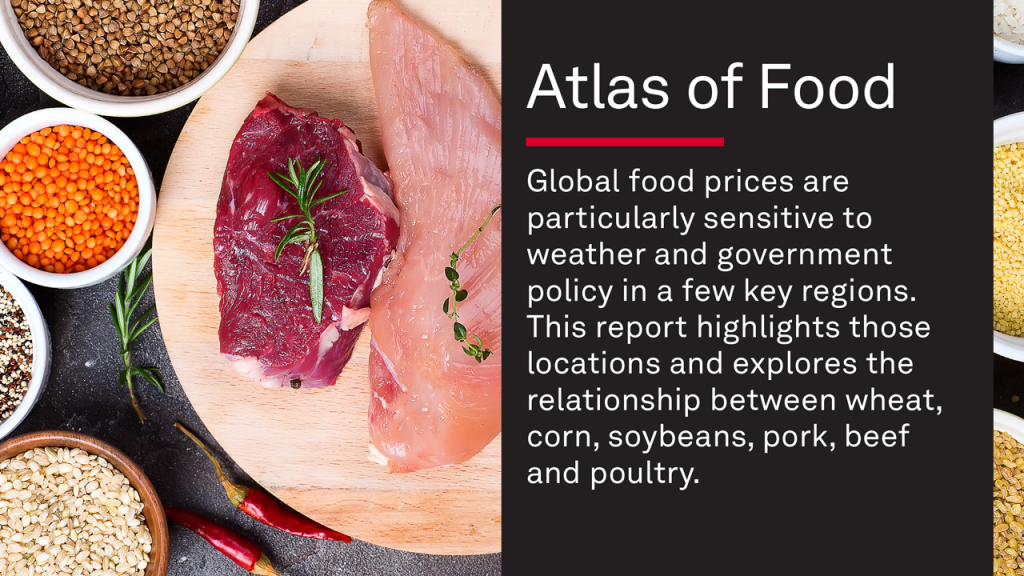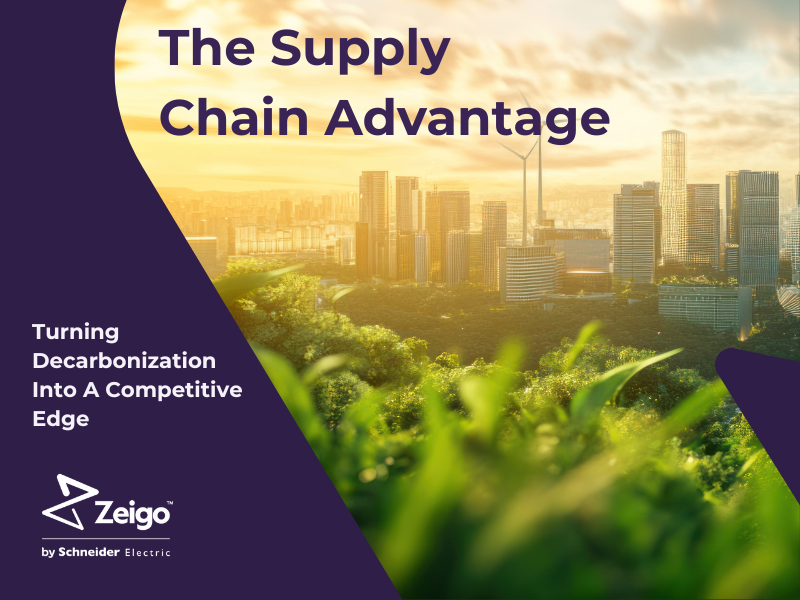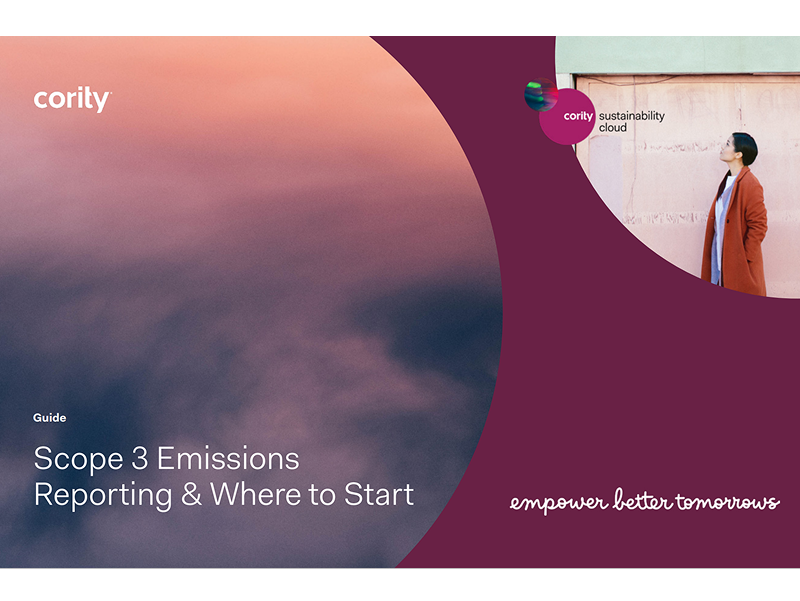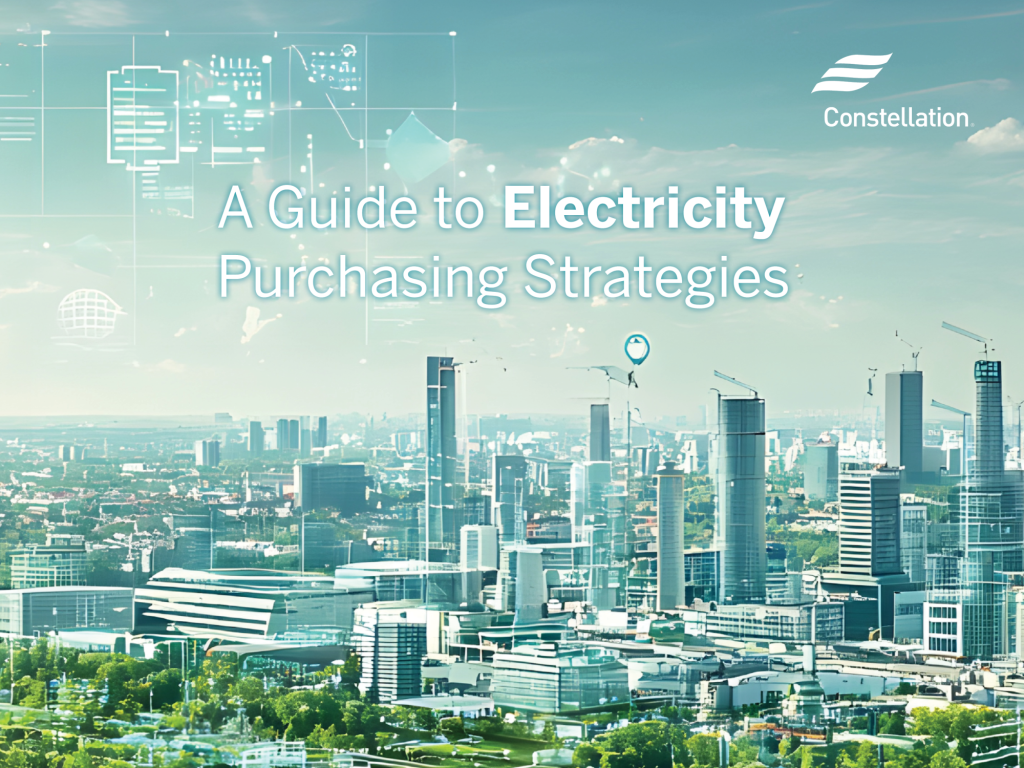Meet the Oxford professor who wants to tear down Scope 3 accounting
Fundamental flaws in the system for carbon accounting mean we need a new one, says Karthik Ramanna. (Others disagree.) Read More
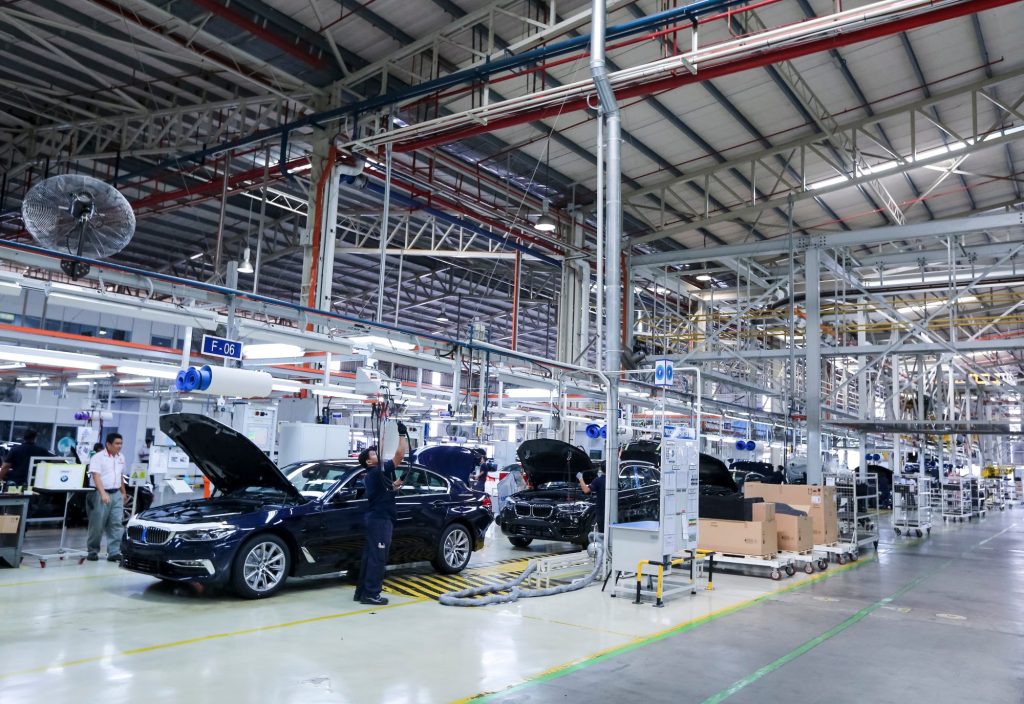
-
- In the E-liabilities system, companies measure their direct emissions and allocate a portion to the products they sell.
-
- Supporters of the existing system for carbon accounting describe this alternative approach as brittle and lacking in detail.
-
- The emergence of carbon border taxes could boost interest in E-liabilities.
One day during the Covid winter of 2020, with his travel plans derailed, Karthik Ramanna sat down to read the Greenhouse Gas Protocol.
Ramanna is an expert in financial accounting systems and corporate leadership at the University of Oxford. On this occasion, he’d been asked to step outside his field and comment on a piece of sustainability research. He expected to find himself on familiar ground: The front of the protocol, he recalled, declared in large type that it was an accounting standard. But it wasn’t accounting in the way he or his peers understood it.
“Imagine you pick up a book that says ‘The Astronomy of Mars’ and then you start looking at it and you think, ‘Wait a minute, this is astrology, not astronomy’,” he told Trellis. “It was very, very jarring.”
That moment was the genesis for a research partnership that has produced an alternative to the existing system for emissions accounting. It’s an effort that has won praise from experts and been piloted in multiple countries. It’s also produced plenty of pushback, with critics asserting Ramanna and colleagues fail to appreciate the strengths of the existing system, which their disruptive behavior is putting at risk.
‘We should work on this’
After reading the protocol and the research he’d been asked to assess, Ramanna joined a Zoom gathering to share his thoughts. He had no major problem with the research, he told those in attendance, but the system that underlay it did not qualify as accounting.
Sitting in the virtual audience was Robert Kaplan, an academic credited with some of the most significant accounting innovations of the past half-century and a former colleague from Ramanna’s time at Harvard.
“He sends me a note and he says, ‘I couldn’t agree more with you and we should work on this,’” Ramanna said. “Now, Bob Kaplan has worked on some pretty important problems. For him to say that, I was like, oh, maybe I’m onto something here.”
At the heart of Ramanna and Kaplan’s idea, which first appeared in an academic paper in August 2021, is a solution to what the pair have described as the “fatal flaw” of reporting under the GHG Protocol: Scope 3. To a traditional accountant, the idea of a company having to quantify an activity taken by other organizations in a value chain, as the Scope 3 rules require, is nonsensical. Instead, companies should be asked to quantify only emissions associated with what they produce — their Scope 1 emissions, in other words.
E-liabilities
Consider the supply chain behind a steel car part, beginning with a mine that produces iron ore. The mining company is responsible for measuring emissions from its operations. In Ramanna and Kaplan’s system, when it sells the ore to a steel producer, it also transfers an appropriate fraction of those emissions — known, by analogy to financial accounting, as liabilities.
The steel producer then measures its own emissions from the processing of the ore into steel and adds them to the emissions it inherited from the mining company. When it sells a batch of steel to the next company in the chain, the producer allocates a fraction of the total to each shipment. The process continues down the chain, with each company measuring, adding and allocating emissions. When the auto company purchases the car part, alongside the invoice comes a statement of the emissions liabilities.
One benefit of this “E-liabilities” approach — “E” for “environmental” — is that each company focuses on the emissions it controls. In the existing Scope 3 system, every company in the value chain needs to at least estimate the emissions of every other company. Under E-liability, the measurement happens once, at source, and is passed on.
Academic proposals to overhaul accounting systems don’t necessarily make a splash, but Ramanna credits Kaplan with a gift for framing problems in a way that decision-makers find useful. The pair’s provocative language didn’t hurt, either: Their paper was titled “How to Fix ESG Reporting” and a follow-up, published later the same year in the Harvard Business Review (HBR), was described as “the first rigorous approach to ESG reporting.”
In the business community, this approach struck a chord: Kaplan and Ramanna won the 2021 HBR McKinsey Award, which goes to the review’s best article of the year. Companies began to offer to test the system. In subsequent HBR articles, Ramanna and colleagues report on E-liabilities pilots carried out in conventional spheres (cement and tires), as well as more unusual ones (security services in Afghanistan).
Hitting the brakes
Reaction within the sustainability community has been more circumspect — particularly from those who spent years establishing the GHG Protocol as the foundation for how companies report on emissions.
Perhaps the most notable critique came from Janet Ranganathan, a managing director at the World Resources Institute and a lead author of the GHG Protocol. Her 2024 commentary on E-liabilities opens with a warning, in bold, that “E-liability is not a replacement for the GHG Protocol.”
Like other critics, Ranganathan noted that double-counting in Scope 3 is a feature, not a bug: Companies that take responsibility for value-chain emissions are incentivized to collaborate with suppliers and customers on decarbonization solutions. “While it is important to remain open to new ideas,” she concluded, “we shouldn’t be too quick to throw the baby out with the bathwater.”
Others have questioned the practicality of Ramanna and Kaplan’s ideas. “The e-liability system is brittle, as each company depends on every other company operating upstream of it in a value chain to also estimate emissions and engage with the E-liability registry,” wrote Michael Gillenwater, co-founder of the Greenhouse Gas Management Institute and an advisor to the GHG Protocol.
Objections such as that from establishment figures have likely slowed attempts to evaluate E-liabilities, but the idea continues to pick up adherents. Other academics have weighed in with supportive commentary, ranging from proposals for incorporating use of carbon removals to suggestions that E-liabilities could drive investments in supply-chain decarbonization. And pilots are ongoing: Ramanna’s most recent HBR article, from February, describes a test by BMW that outlined how large companies can help smaller suppliers to develop emissions measurement capabilities.
Ramanna and colleagues have also extended their proposal. After opponents pointed out that individual consumers at the end of value chains cannot in practice be held responsible for emissions embedded in products they purchase, Ramanna and Kaplan responded by specifying when and how companies selling to consumers should disclose downstream emissions.
Pull factor
One question now is whether the E-liabilities approach will spread piecemeal, colonizing parts of value chains until it emerges as a de facto standard, or move more quickly by winning top-down support from a government willing to mandate the approach. A third outcome, of course, is that the challenges associated with the idea will cause the pilots to dry up and the approach to fizzle.
Ramanna told Trellis that he doesn’t anticipate a government imposing the system wholesale in the next couple of years, but the political and economic realignments being driven by President Donald Trump and other forces favor his system. “One of the strongest pull factors we have today, geopolitically, is economic nationalism,” he said.
One example is the EU’s Carbon Border Adjustment Mechanism (CBAM). European companies in high-emission sectors, including steel and cement, will next year have to start paying tariffs on the carbon generated by the production of the goods they import. The system will incentivize suppliers outside Europe to compete to reduce the emissions associated with their products — exactly the kind of competitive force that E-liabilities is designed to harness.
“Carbon border accounting, if done right, can be a powerful tool against climate change,” Ramanna wrote last year. “It can raise the rules of the game so that companies and countries compete on low-emissions goods and services, just as they currently compete on factors such as costs, quality, and timeliness.”
With Trump intent on protecting select domestic industries and punishing imports, the moment might be right for a U.S. version of CBAM. Last month, a bipartisan pair of representatives introduced a bill to replace the federal gas tax with a carbon border tax. A related bill was introduced in the Senate a month earlier.
“I’m not saying this is all hunky-dory and it’ll happen tomorrow,” said Ramanna. “But there are enough tailwinds to engage with this process in the United States and around the world as a win-win. It’s a win on trade, it’s a win on climate, it’s a win on economic competitiveness.”
[Connect with more than 3,500 professionals decarbonizing and future-proofing their organizations and supply chains through climate technologies at VERGE, Oct. 28-30, San Jose.]

Subscribe to Trellis Briefing
Featured Reports

The Premier Event for Sustainable Business Leaders

